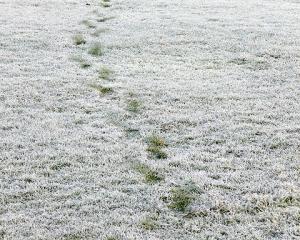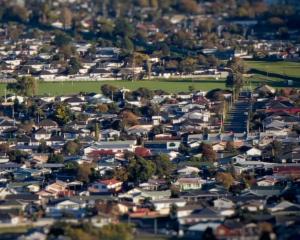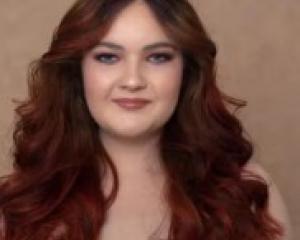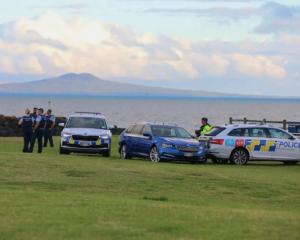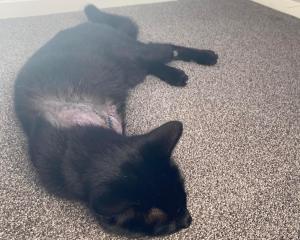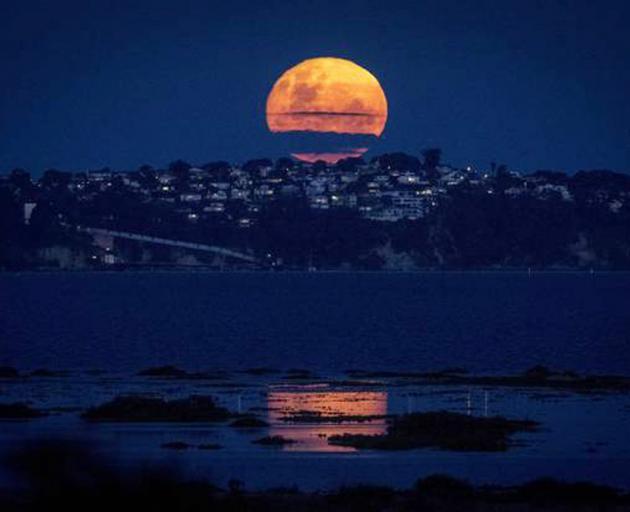
And contrary to popular belief, this super-sized full moon won't leave you temporarily crazed, nor should it mean you get a messy sleep tonight.
A supermoon is a full moon or a new moon that nearly coincides with perigee — the closest that the moon comes to the Earth in its elliptic orbit — resulting in a slightly larger-than-usual apparent size of the lunar disk as viewed from Earth.
At "apogee", the moon is furthest away.
"Because the Moon's orbit is not circular, occasionally full moons happen when the Moon, Sun and Earth are roughly in a line, and the Moon becomes fully illuminated," Stardome astronomer Grant Christie explained.
"And it does look rather striking when it's rising, within about 30 or 40 minutes of sunset.
"After a few hours, when it's higher in the sky, it's much harder to notice."
With perigee giving it extra effect, Christie estimated the Moon would appear at least 10 per cent larger than normal to the naked eye.
"You could say that every full moon is nice, but these perigee ones strike you as something else – there's something a bit special about it."
Tonight's supermoon is among a trio that have fallen across the first three months of 2019.
But this one will be the closest: at 4.53am tomorrow, the Moon will come within 356,846km of the Earth.
That compared with the 357,715km distance of January 21's full moon, and the 360,772km distance of the next event on March 21.
Where's the best place to view it?
MetService meteorologist Tui McInnes said those on the east coasts of the upper South Island and the North Island were set to have the clearest skies at moonrise.
"Generally, it's all a matter of timing tonight – because the longer the night goes on, the more cloud is expected to build up."
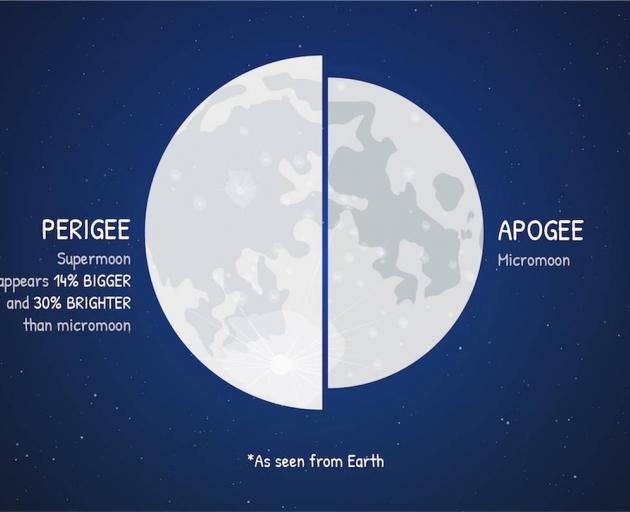
"The east of the North Island is probably the most spectacular place to view it – it's free of cloud right now and it's set to stay that way."
As for other areas in the North Island, Auckland and Wellington could see patchy cloud at moonrise, but McInnes wasn't expecting full overcast conditions, allowing good gaps to see it.
"The sky is more likely to be blocked out around the centre of the North Island, in places like Waikato, Taranaki and Waitomo.
Moonstruck?
Did the supermoon mean we all might be a little on edge tonight?
Despite enduring myths about higher crime and hospitalisation rates, there's next to no scientific evidence to suggest a bigger, brighter Moon can affect our mood, emotions or sleep.
"Some believe that a full moon is responsible for their shorter or more disturbed sleep, as well as events such as sleepwalking," Massey University sleep researcher Dr Karyn O'Keeffe said.
But these accounts, she added, might well be examples of chance, and self-fulfilling prophecies among those who believe in such a correlation.
What large studies have been carried out certainly haven't found any reason to bark at the moon for poor sleep.
One previous international study focused on nearly 6000 children in five continents to see if their sleeping patterns changed or if there were any differences in their daily activities.
The children came from a wide range of economic and sociocultural levels, and variables such as age, sex, highest parental education, day of measurement, body mass index score, nocturnal sleep duration, level of physical activity and total sedentary time were considered.
After 28 months - equivalent to the same number of lunar cycles – the time period was subdivided into three lunar phases: full moon, half-moon and new moon.
The findings showed that in general, nocturnal sleep duration around full moon compared to new moon reported an average decrease of five minutes.
No other behaviours were substantially modified.
Another Canadian study examined the relationship between the Moon's phases and the number of patients who showed up at hospital emergency rooms experiencing psychological problems.
Focusing specifically on 771 patients who presented with chest pains, for which no medical cause could be determined, the study found no link between incidence of psychological problems and the four lunar phases the cases were recorded across.
Like O'Keeffe, many international researchers have suggested that, if there is any moonstruck effect, it could be put down to confirmation bias – or where we explain things based on our pre-existing beliefs.


